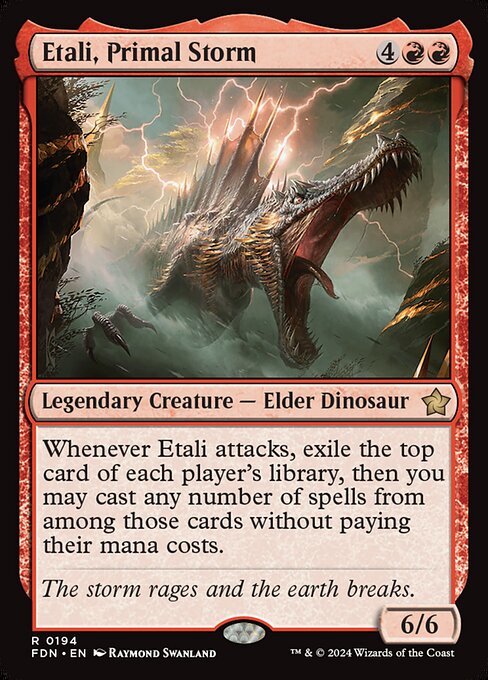Deck & Commander Strategies
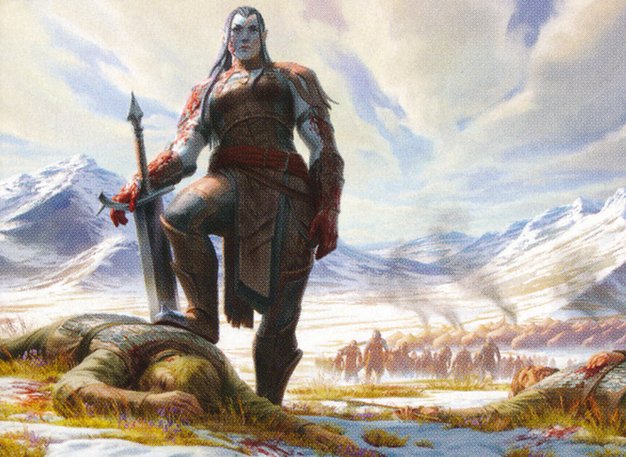
Grand Warlord Radha
Focuses on aggressive ramping and utilizing red-green synergy to quickly cast powerful creatures and spells. The deck leverages card draw and equipment like Skullclamp along with creatures like Dragon Tree Speaker and Magus of the Wheel to generate value and pressure opponents.

Etali, Primal Storm
Uses fast mana to cast Etali and trigger its ability to exile and cast free spells from opponents' decks during combat. Combos with card draw and manipulation spells such as Sensei's Divining Top, Possibility Storm, and Seething Song to maximize the number of spells cast per turn, aiming to overwhelm opponents.
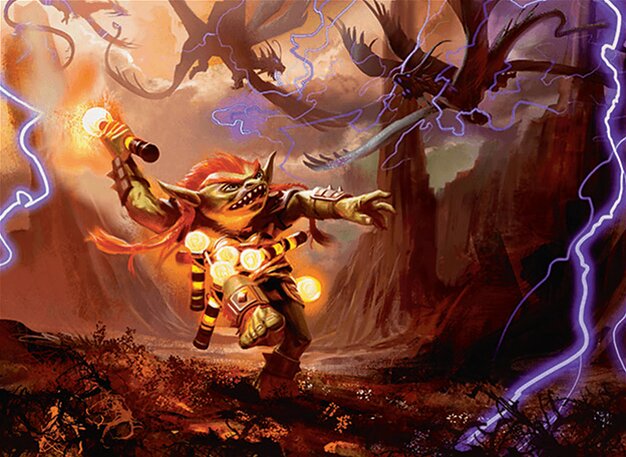
Vial Smasher the Fierce
Aims to apply pressure through aggressive damage and disruption, often paired with Thrasios for card advantage. The deck plays spells that deal damage to opponents or creatures, utilizing Vial Smasher’s damage trigger to chip away at life totals and control the board.

Thrasios, Triton Hero
Serves as a powerful card advantage engine that pairs well with other commanders. Through scrying and drawing, it generates incremental value and helps find necessary combo pieces or answers, maintaining a steady flow of resources.

The Locust God
Focuses on generating a large number of insect tokens through drawing cards and casting spells. Utilizes board wipes like Plague Wind and token generators such as Mob Rule to control the battlefield and overwhelm opponents with a flying army.
Gameplay Insights
- 1
The early use of Skullclamp on Sylvan Ranger and Deranged Speaker enabled quick card draw, accelerating Radha's board development.
- 2
Etali's repeated combat triggers combined with free spells from Possibility Storm and top-deck manipulation created explosive turns with multiple spells cast per swing.
- 3
Multiple board wipes including Blasphemous Act and Plague Wind significantly slowed the game, forcing players to rebuild and reshuffle their strategies.
- 4
Genesis Wave was used to great effect by Radha's player, revealing and putting several impactful creatures and spells into play, including Fierce Empath to tutor for a key combo piece.
- 5
Matt’s Locust God deck leveraged token generation and mass removal to maintain board control and pressure opponents.
- 6
Alex’s use of Mind's Eye and Lightning Greaves on Etali allowed for sustained card draw and protection, ensuring continued offensive pressure.
- 7
Strategic use of sacrifice and recursion, such as sacrificing Sylvan Ranger to Evolutionary Leap, allowed Radha’s player to maintain tempo and resilience against board wipes.
- 8
The interaction between multiple card draw and discard spells like Faithless Looting, Brainstorm, and Magus of the Wheel created dynamic hand cycling and resource management throughout the game.
Notable Cards
-

Skullclamp
-
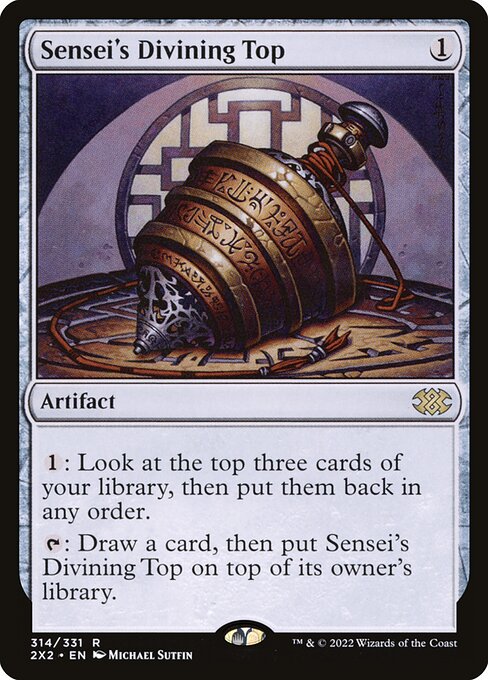
Sensei's Divining Top
-

Seething Song
-
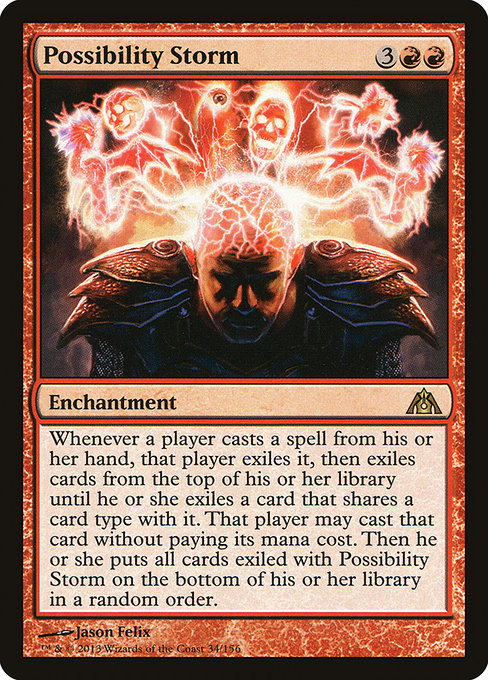
Possibility Storm
-

Blasphemous Act
-
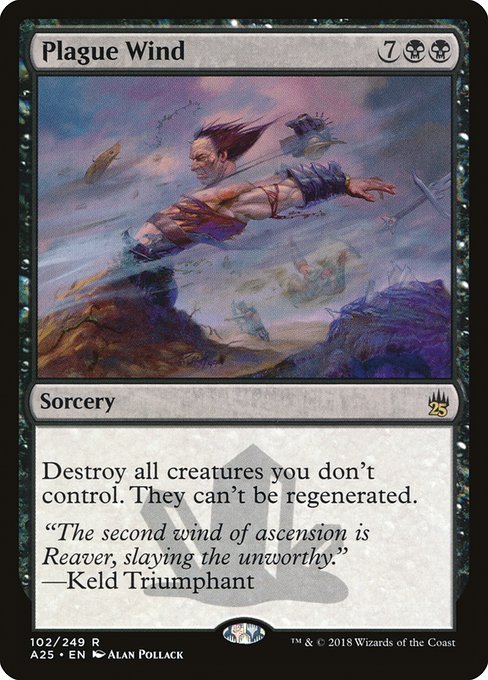
Plague Wind
-
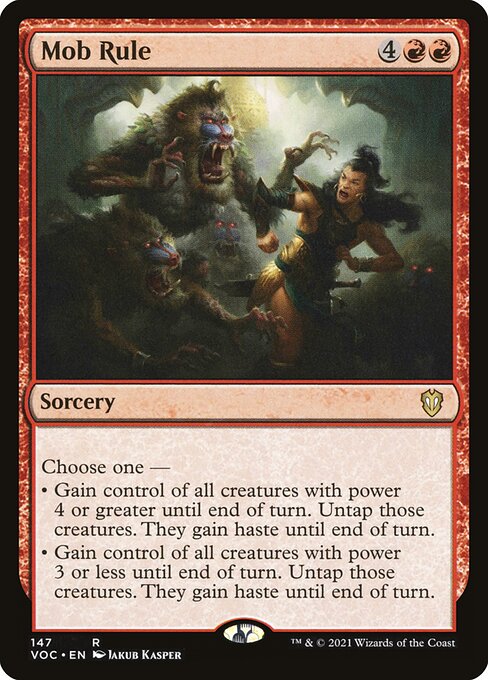
Mob Rule
-
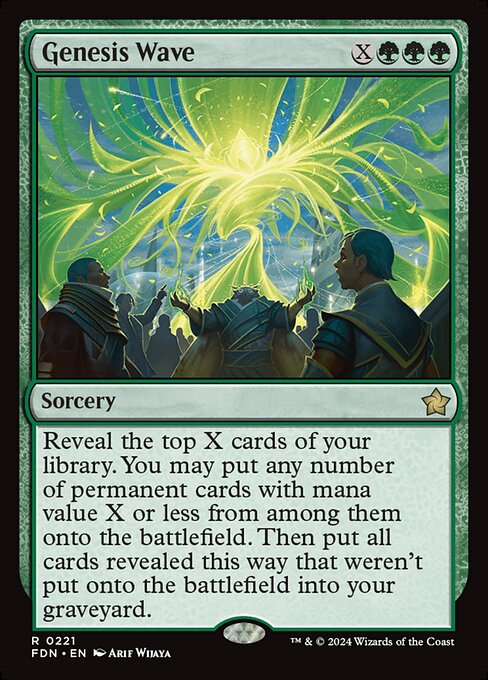
Genesis Wave
-
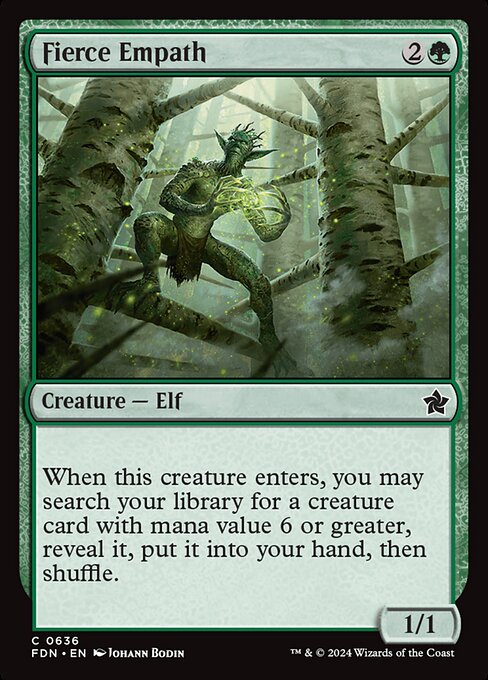
Fierce Empath
-
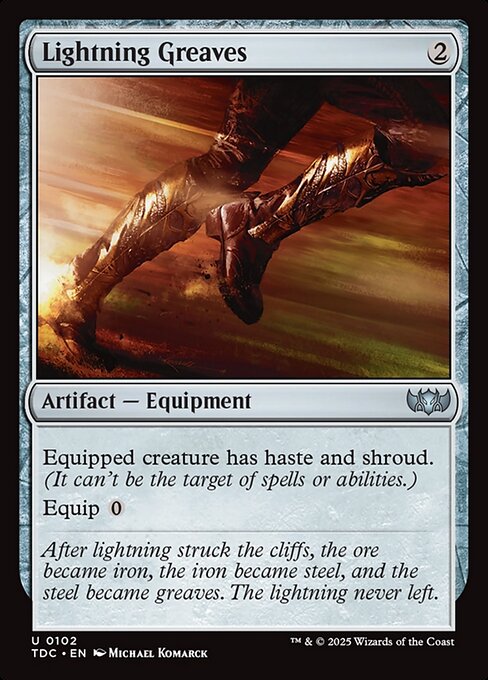
Lightning Greaves
-
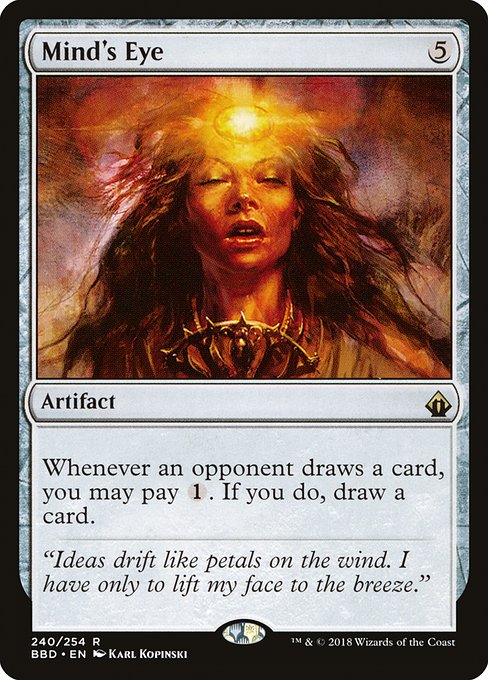
Mind's Eye
-

Darksteel Plate
-

Curse of the Swine
-

Faithless Looting
-
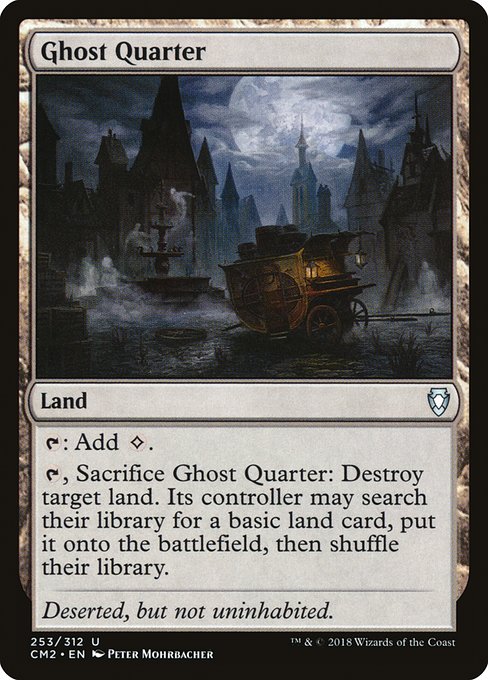
Ghost Quarter
-
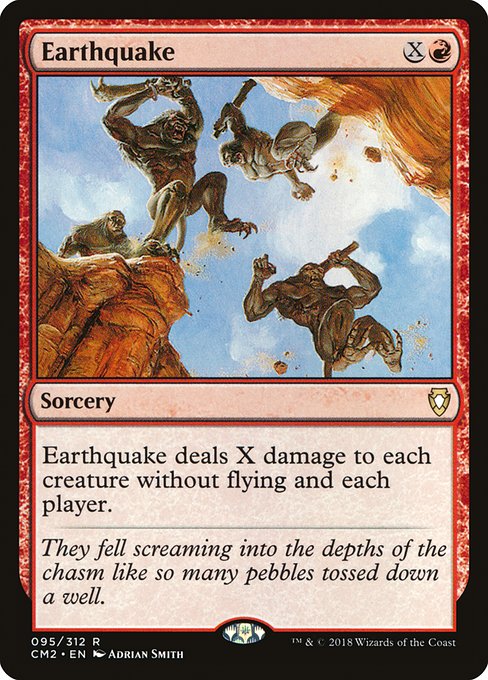
Earthquake
Gameplay Summary
The game began with a typical ramp and setup phase, where players focused on developing their mana bases and casting early creatures and utility spells.
Grand Warlord Radha's player used ramp and card draw synergies, such as Sylvan Ranger and Skullclamp, to build a strong board presence early.
Alex, on Etali's side, leveraged powerful spells like Sensei's Divining Top, Seething Song, and Possibility Storm to generate mana and manipulate draws, enabling Etali's devastating combat trigger to repeatedly exile and cast spells from the top of opponents' libraries.
Meanwhile, Matt's Locust God deck aimed to build a swarm of tokens and control the board with spells like Plague Wind and Mob Rule, wiping opponents' creatures and generating a large flying army.
Notably, the game featured multiple board wipes including Blasphemous Act and Plague Wind, significantly resetting the board and forcing players to rebuild their strategies.



